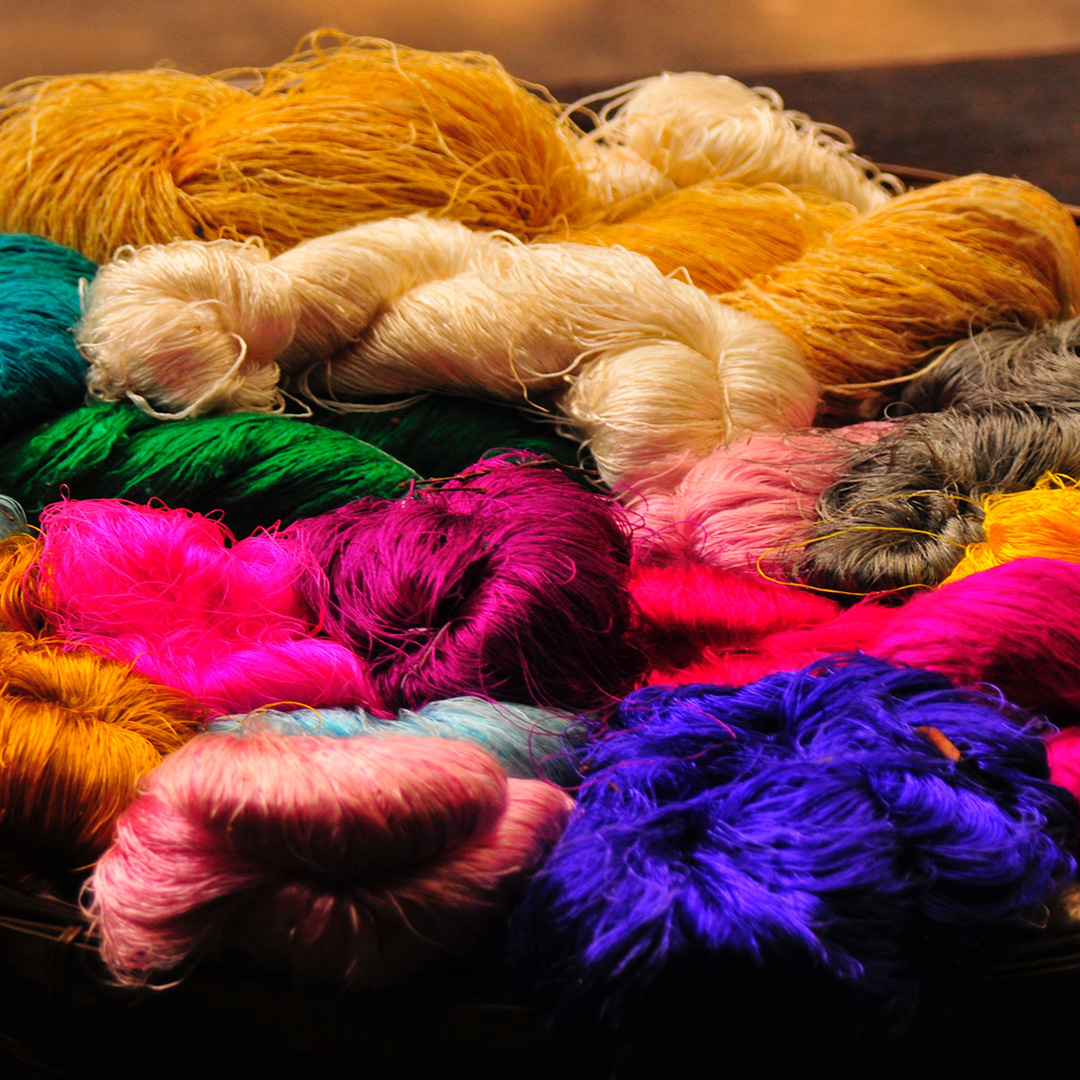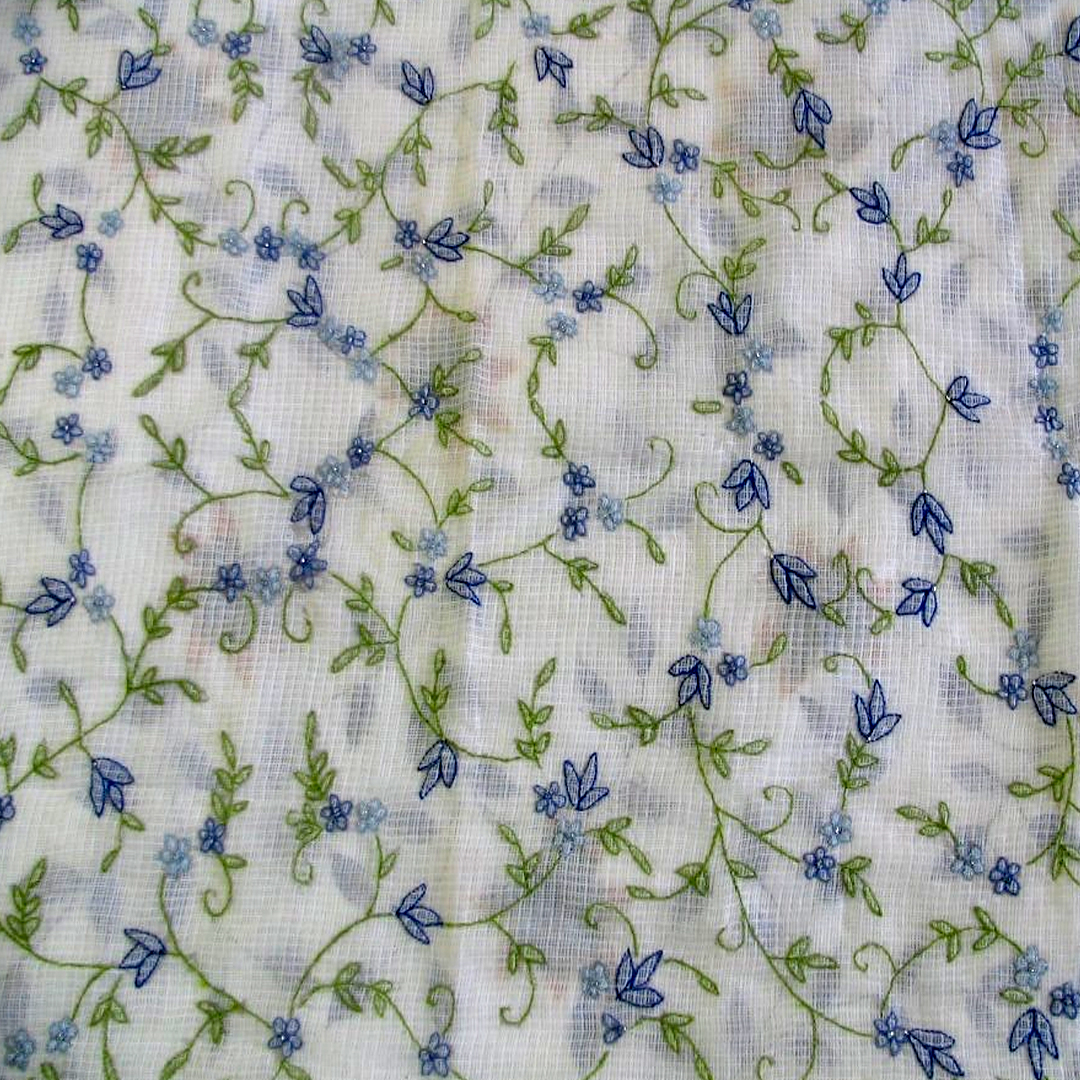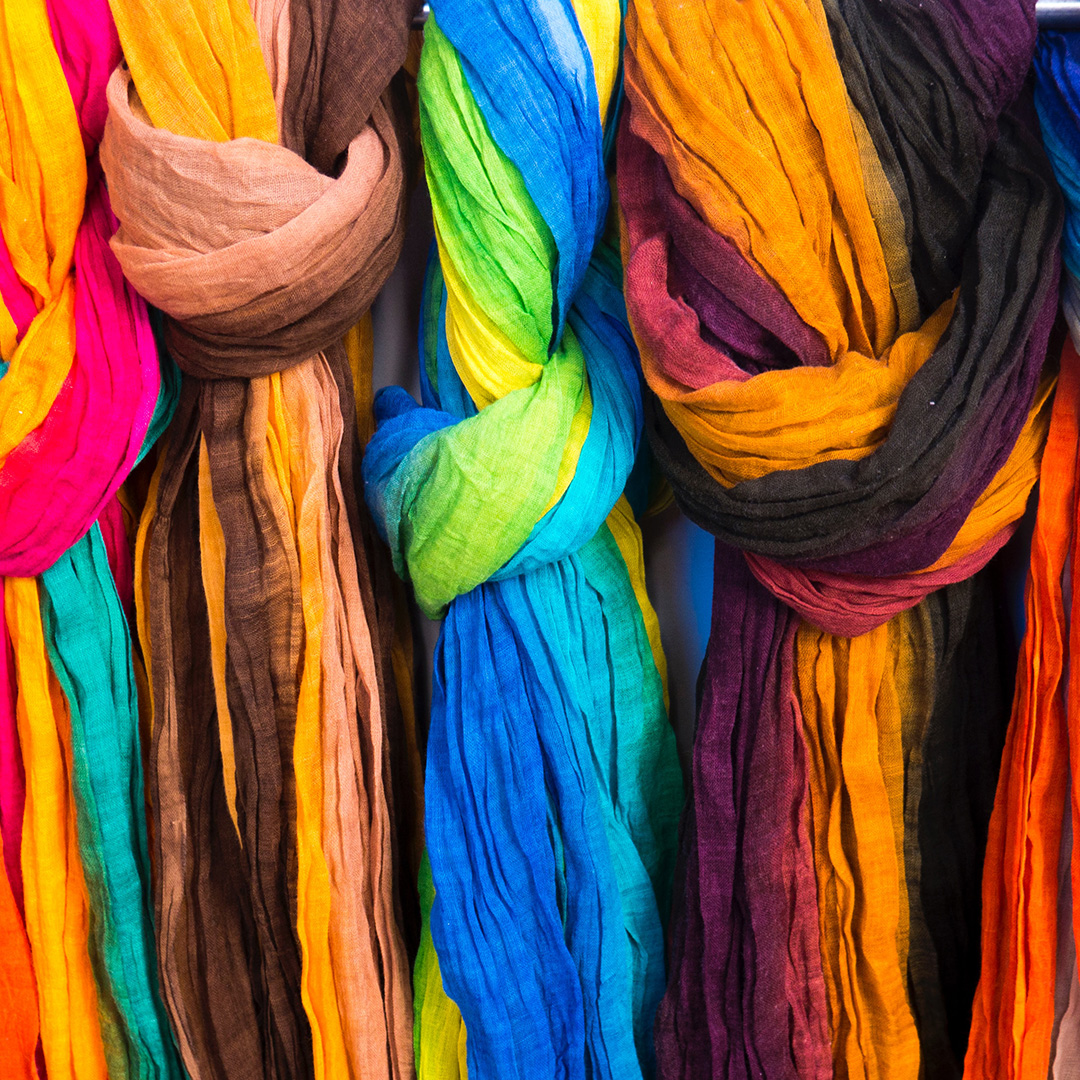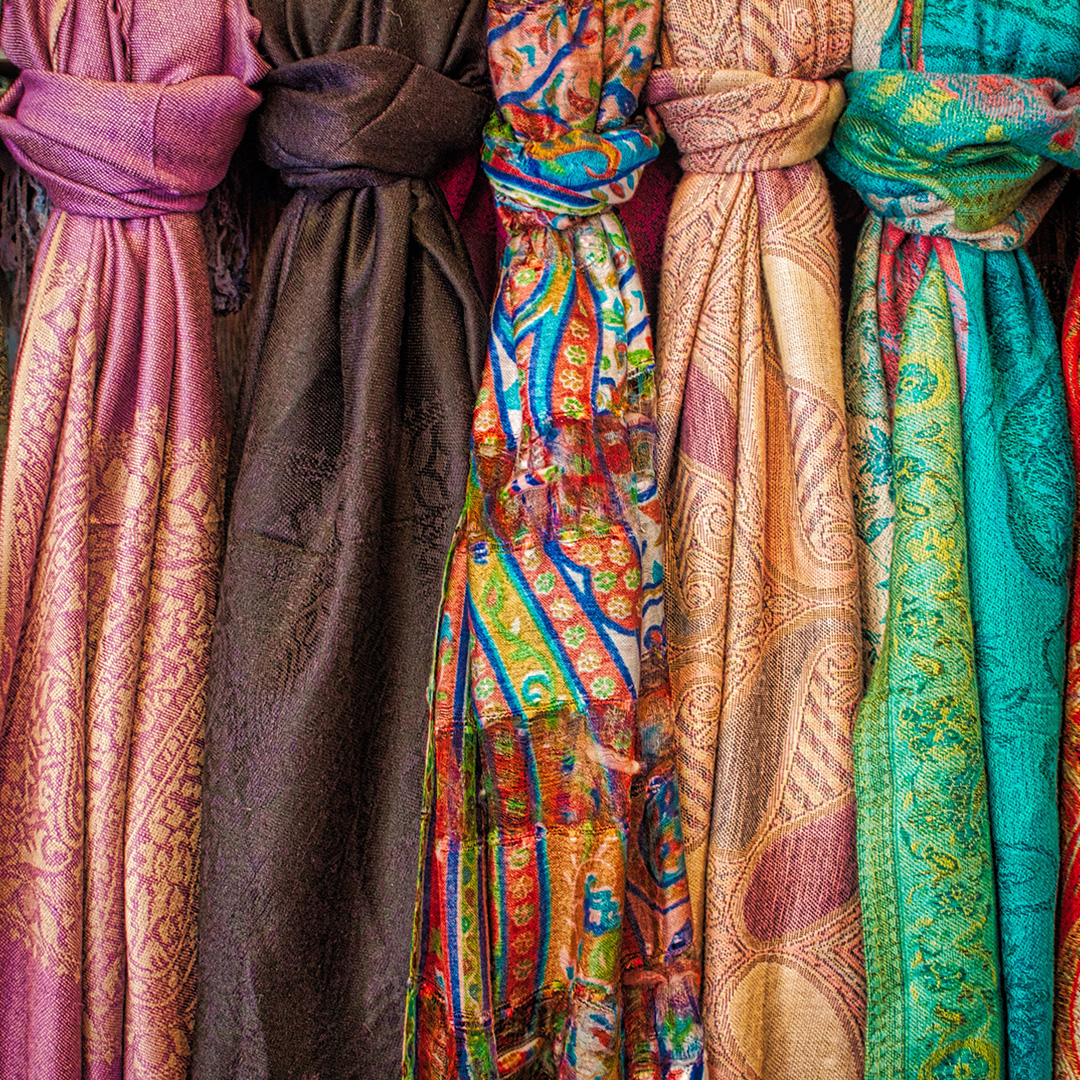Foundation History
Silk - the queen of all fabrics is historically one of India's most important industries. India produces a variety of silks called Mulberry, Tasar, Muga and Eri, based on the feeding habit of the cocoons. The sericulture industry today in India employs over 700,000 farm families and is mostly concentrated in Karnataka, Tamilnadu and Andhra Pradesh and to some extent Assam and West Bengal. Karnataka accounts for more than 70% of the country's total silk production.
Indian Silk Industry is second largest producer of silk, contributing to about 18% to the world production. What is however, more noteworthy is the fact that India's requirement of raw silk is much higher than its current production at present. So there is considerable scope for stepping up production of raw silk in the country, overcome the persistent conflict of interest between exporters of silk products and producers of raw silk.
Silk industry occupies a unique position in India. Today Indian Sub Continent is the second largest silk manufacturer contributing to 18% of the total raw silk production. Sericulture is an important cottage industry in India. This is a labor intensive industry operating on around 54,000 villages all over the country. An assortment of silk varieties such as Mulberry, Tasar, Eri, Muga etc are grown. The industry is generous enough providing job opportunities, and livelihood for more than 6 million people in the rural areas.
















